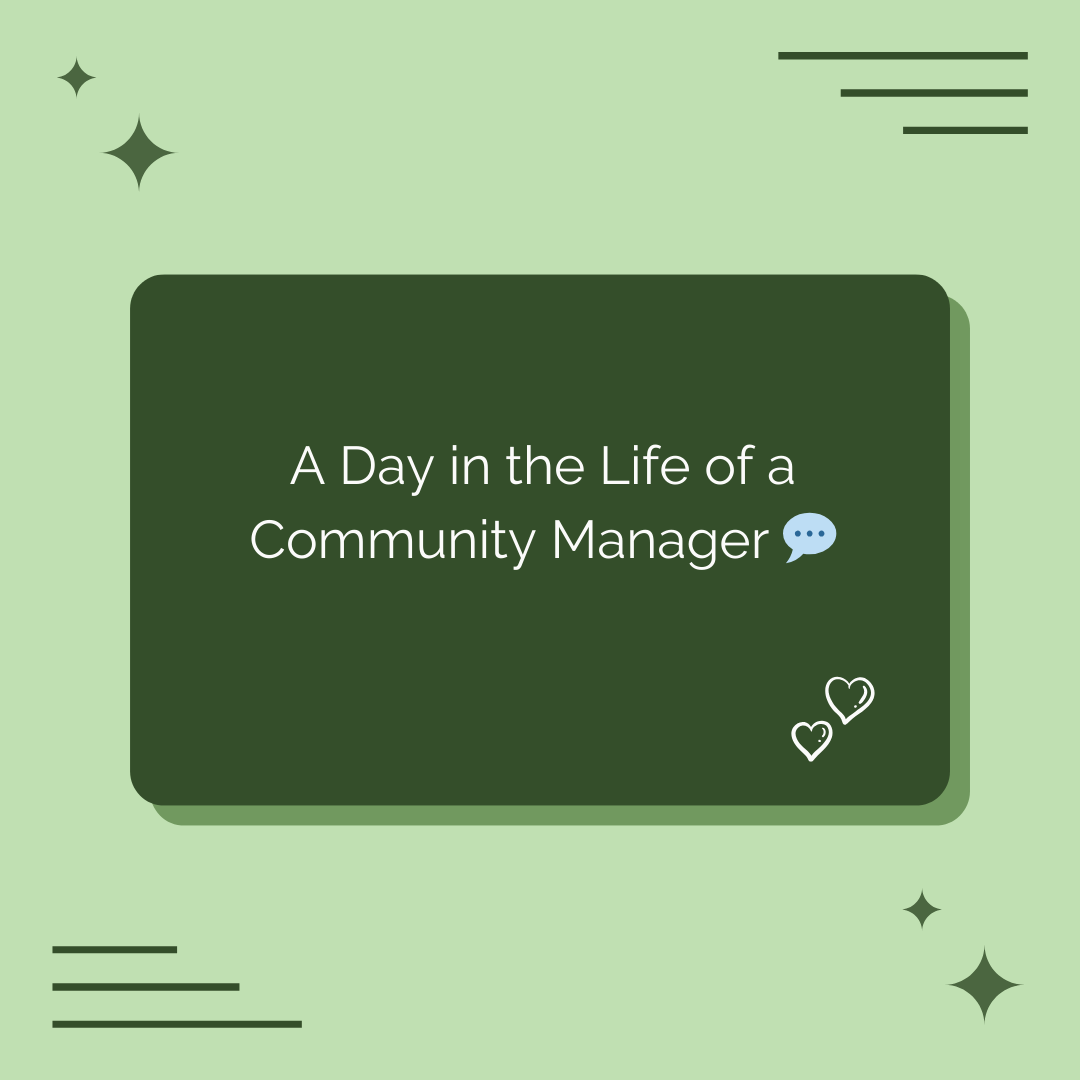Being a community manager is more than just chatting on social media; it’s a multifaceted role that involves wearing various hats to ensure the community we’re a part of thrives. Let’s delve into the tasks that make up a typical day for a community manager.
1. Community Engagement:
The heartbeat of community management is going to where the community are and engaging. Responding to comments, participating in discussions, and acknowledging community contributions are crucial for fostering a sense of connection and camaraderie. This can occur on forums, public social media or more “dark” social like Discord. IRL and at events too! Go to where your community are and engage them.
2. Content Creation and Curation:
Curate and create content that resonates with the community. This involves planning and scheduling social media posts, sharing relevant articles. videos or resources, and crafting engaging content that encourages discussion.
3. Moderation and Rule Enforcement:
Ensure the community remains a safe and positive space. Create and enforce community guidelines, moderate discussions, and address any inappropriate content. Maintain a vigilant eye to uphold the community’s standards to ensure it remains a positive community to be a part of.
4. Strategic Planning:
Develop and execute a community strategy. Community doesn’t just happen, it involves a lot of moving parts and lots people. Strategy is needed to plan ahead for how you’ll develop the community going forward. This includes setting goals, planning events, and outlining initiatives to enhance community growth, engagement, and overall satisfaction.
5. Member Onboarding:
Welcome new members and facilitate integration. Provide information about the community and the game, explain guidelines and ensure moderation is happening, and encourage introductions to create a welcoming environment for newcomers.
6. Analytics and Reporting:
Analyse community metrics to measure performance. Esnure you know what statistics you can measure your success against, and give yourself benchmarks and goals to improve. Regularly review data to understand member behaviour, track engagement, and identify areas for improvement for yourself and the wider team. This then circles back to inform strategic planning for the community too.
7. Crisis Management:
Be prepared to handle crises. Whether it’s resolving conflicts among members or managing negative feedback, community managers act as mediators and troubleshooters during challenging situations. Making sure you’re up to scratch on how to best mediate, get feedback (constructively) and most of all, creating boundaries so that crises don’t negatively impact your personal mental health.
8. Event Planning and Execution:
Organise and host community events. This could include launch events, community meet ups, and other IRL events. It could also be online Q&A sessions, webinars, or themed challenges. Events enhance engagement and provide members with valuable opportunities for interaction with both the brand and each other.
9. Collaborations and Partnerships:
Build relationships within and outside the community. Community managers are often on the front line working with other brands, community managers, influencer etc. So building relationships and networking for collaborations is often vital to help expand the community’s reach and also bring diverse perspectives.
10. Feedback Collection:
Gain feedback to understand community needs. Regularly seek input from members to gauge satisfaction, uncover pain points, and gather insights that can inform improvements and adjustments. Making sure you can form feedback into something constructive and solutions-based for devs and other teams in your organisation is also a big part of community management.
11. Community Advocacy:
Act as a representative for the community. Advocacy is a big one for community managers, as you’re often being and advocate for both the brand/game and also for your community too. Advocate for member needs within the organisation across multiple stakeholders, pushing for decisions that align with the community’s best interests and for positive reception.
12. Platform Management:
Stay informed about platform updates and features. Being familiar with the tools and features needed in your role is vital. Wheather this is social media, forums, discord etc. Keeping on top of these tools is essential for optimising user experience and troubleshooting issues they may have.
Conclusion:
The life of a community manager is dynamic, requiring a versatile skill set and the ability to juggle various responsibilities. From daily engagement to strategic planning, community managers play a pivotal role in creating and sustaining vibrant online communities. Each task contributes to the overarching goal of fostering a space where members connect, learn, and thrive. It’s a challenging yet rewarding journey that revolves around building and nurturing a community’s heartbeat.
